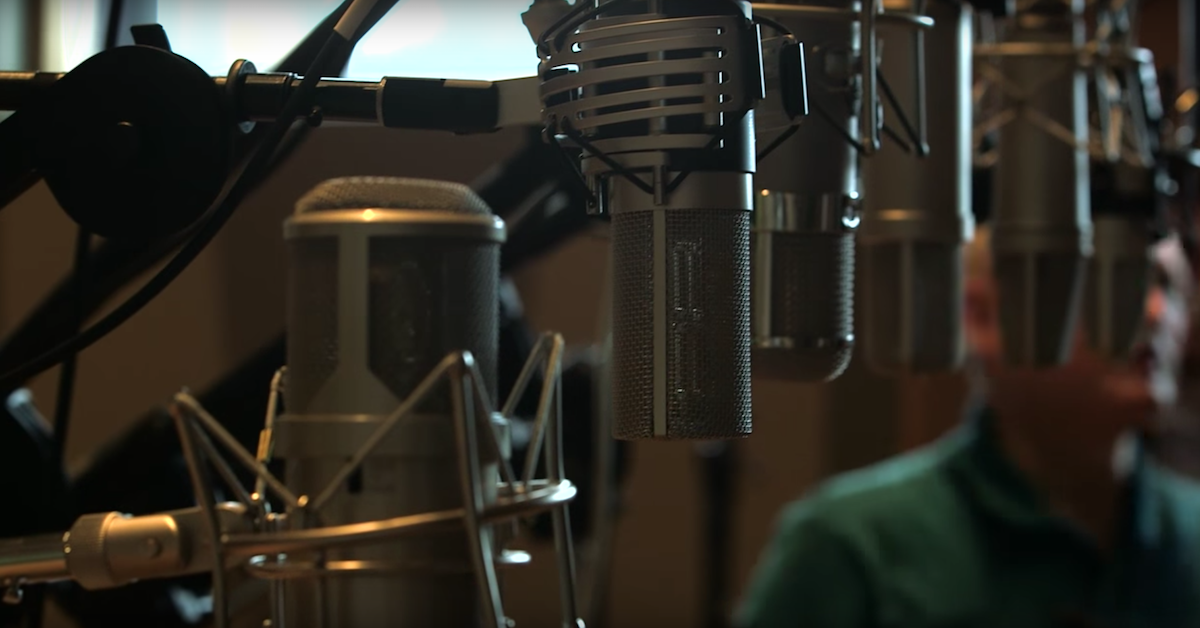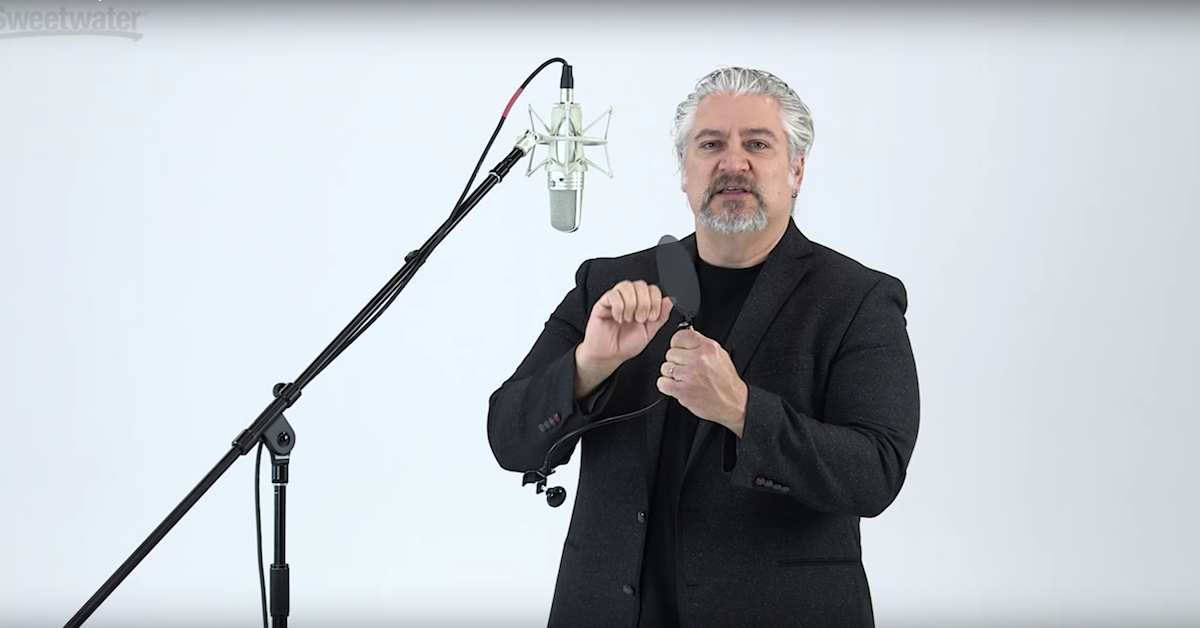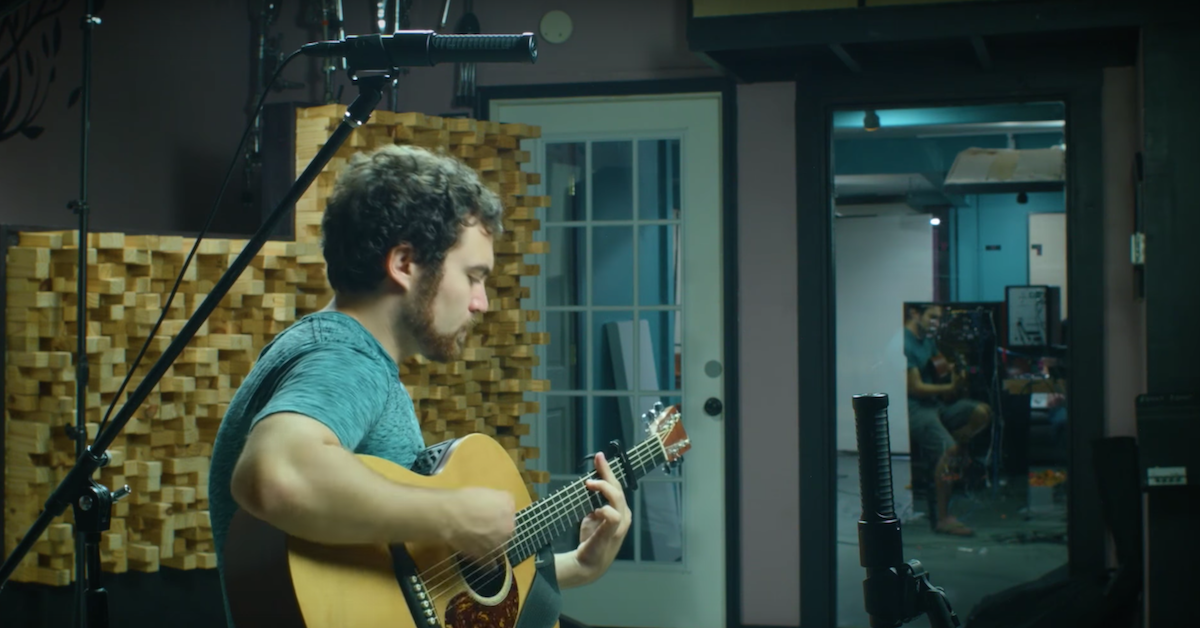6 Great Home Studio Mics Under $500
Most of get started in our home studios with our favorite hundred dollar or so dynamic microphones, and those are great. We love dynamic microphones, because they work very well on a variety of sources. If you’re looking to upgrade that dynamic microphone, the Shure SM7b is a great option. It’s been used on all of your favorite records, it was Michael Jackson’s coveted microphone, and it works great on vocals of all varieties. Genres like R&B and Hip Hop, it even works very great as a broadcast microphone for voice over artists.
You really can’t go wrong with the SM7b. I even use it on hand percussion and drum sets, and used in creative ways, it can really give you a really different tone than some of the dynamic microphones that you may have used in the past.
Moving on to large diaphragm condenser microphones, we have a few ones here I’ve selected all in the same price range, depending on what you might want to be recording. One of my new favorite companies is actually Aston microphones. They make wonderful products that not only look really cool and innovative, but also sound great. The Spirit is one that I’ve used on a number of different sessions. It sounds great on vocals and acoustic guitar, and I even have friends that have been using it on their live shows on drums and other percussion.
It takes EQ very well if it’s even necessary, because honestly, it has a really great high end. I find that vocals stick out in my mixes a lot better when they’re tracked using the Spirit, and the same thing with acoustic guitars. If you’re a singer/songwriter looking to up the ante on your vocal, the Spirit is definitely a great consideration, and to boot, its actually got a removable pop filter that you can take out, kind of like a piece of steel wool and wash, let it dry, put it back in your microphone, and you’re good to go. You can toss this in your backpack and take it for vacation recording as well.
Another one I like to bring up is the Miktek MK300. All of Miktek’s products are great, and in particular, I like the MK300, because I know I can put it up on just about any source if I don’t know exactly what situation I’m walking into. If I’ve got a vocalist coming in to my project to record vocals, but I don’t know quite the timbre of his or her voice, or I don’t know exactly the timbre of the instrument that they’re going to be playing, I know I can use an MK300, because it sounds great on just about everything.
Another really useful feature of this particular microphone for home studios is its excellent rejection. So used in cardioid mode, you can actually aim it kind of cleverly and cancel out a lot of the ambient noise that’s always present in a home studio: a refrigerator, an HVAC system, and again by aiming it cleverly, again, you can cancel all of those things out, and you’ll actually be surprised at how great of a tone you can get for a microphone of this price.
Another favorite brand of mine is the sE Electronics microphones. The sE2200 is a no brainer. Again, it comes with everything you need right in the box, including a pop filter, and it sounds great on a variety of sources, kind of like the MK300. For a rich vocal, this is brilliant. You can put it up and know you can have a record ready sound, ready to go. I’ve also used it on a number of different instruments: stringed instruments, again, percussion, and if you need a mono microphone even for piano, you can put this. It has a variety of different filter and pad options, so if you’ve got sound sources that you’re using at different volume levels and need to pad it down a little bit to get a little more juice out of your preamp, this is a great option as well.
We’ll be talking about sE also for our small diaphragm condensers, which are another variety of microphones that’s always helpful to have in your home studio, but this covers the large diaphragm condenser microphones that I would always recommend for any project studio.
For small diaphragm condenser microphones, it’s always nice to have a matched pair. For sources such as acoustic piano or acoustic guitar, things that do well to sit wide in our mixes, so you can leave the vocal nice and present in our mix, then pan the accompanying instruments out to the side, it’s really helpful to have matched pairs of microphones. I often record acoustic guitar, and either upright or grand piano in this stereo miking fashion that allows me some more flexibility during the mixing phase.
sE makes a really great small diaphragm condenser microphone that you can purchase either as a solo microphone, which works really well pointed at the 12th fret of your acoustic guitar for an instrumental track, or they also sell it in a matched pair that you can purchase, again, for those stereo miking techniques.
The sE8 sounds great. I’ve shot them out against microphones several times the price on sources such as piano and guitar, and it’s always a winner. It’s a favorite of mine, and again, it works really well on hand percussion, bongos and congas if you’re into that genre of music, and need just a little bit more spice to the hand percussion, the sE8s are a really great way to go.
One last type of microphone that I always like to talk about are ribbon microphones. Generally, ribbons have a more vintage kind of sound, and what’s really neat about them is they actually hear sound the same way our ears do, which makes them sound a little bit more organic, and you’ll find that if you’re recording with a ribbon microphone, you actually have to process it a lot less to get it to sit well and natural sounding in your mixes. For a long time, because ribbons were created with parts that were a little bit more delicate, they were at a price point that was out of reach for home recordists, myself included.
I was really excited when Royer announced the R10, which is kind of like a little brother to the famous R121. It’s at a price point that’s affordable for home recordists, and also for you live guys using it out on the stage. The R10 sounds great, it’s a great way to get into ribbon microphones if you’re putting them up onto guitar cabinets, again, percussion, drum overheads, or even vocals. The R10 is definitely worth it just to get you into the ribbon microphones.
So I hope this has been helpful for all of you home recordists out there. If you’ve got questions about any of the microphones that we’ve talked about today, or any other gear for your recording setup, leave us a comment, and call your Sweetwater sales engineer, and we’ll get you all taken care of.





